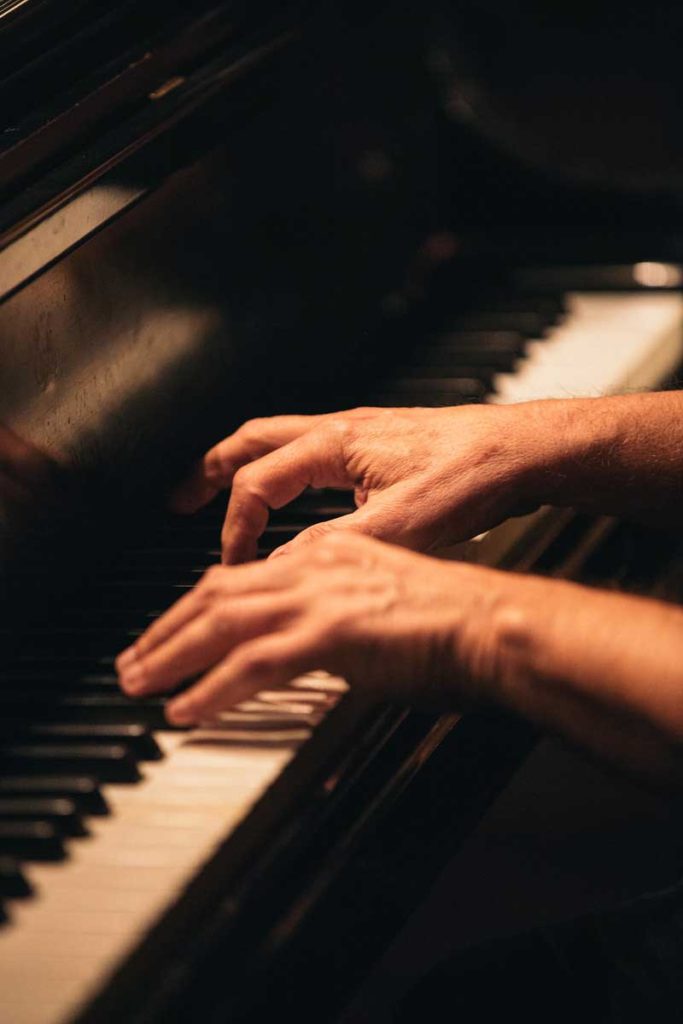American Rhapsody is a “mini-piano concerto” consisting of three short connected movements, conceived to be suitable for programming on either classical or pops concert programs.
Instrumentation
2(II=picc).2.2.2—4.3.3.1—timp.perc(3)—harp—solo pft—strings
Duration
13:00
Composition Date and Commission
Composed 2007-08
Commissioned by Rich and Stacy Ridenour, the Elgin Symphony Orchestra, the Grand Rapids Symphony, and the Kalamazoo Junior Symphony Orchestra
Performance History
— Premiered by Rich Ridenour and the Kalamazoo Junior Symphony Orchestra, February 17, 2008
— Performed by Rich Ridenour and the Grand Rapids Symphony, John Varineau, conductor, March 7, 8, 9, 2008
— Performed by Rich Ridenour and the Elgin Symphony Orchestra, Andrew Lewis, conductor, April 18, 19, 20, 2008
— Performed by Bryan Chuan and the Denver Pops Orchestra, Ron Argotsinger, conductor, April 6, 2019

